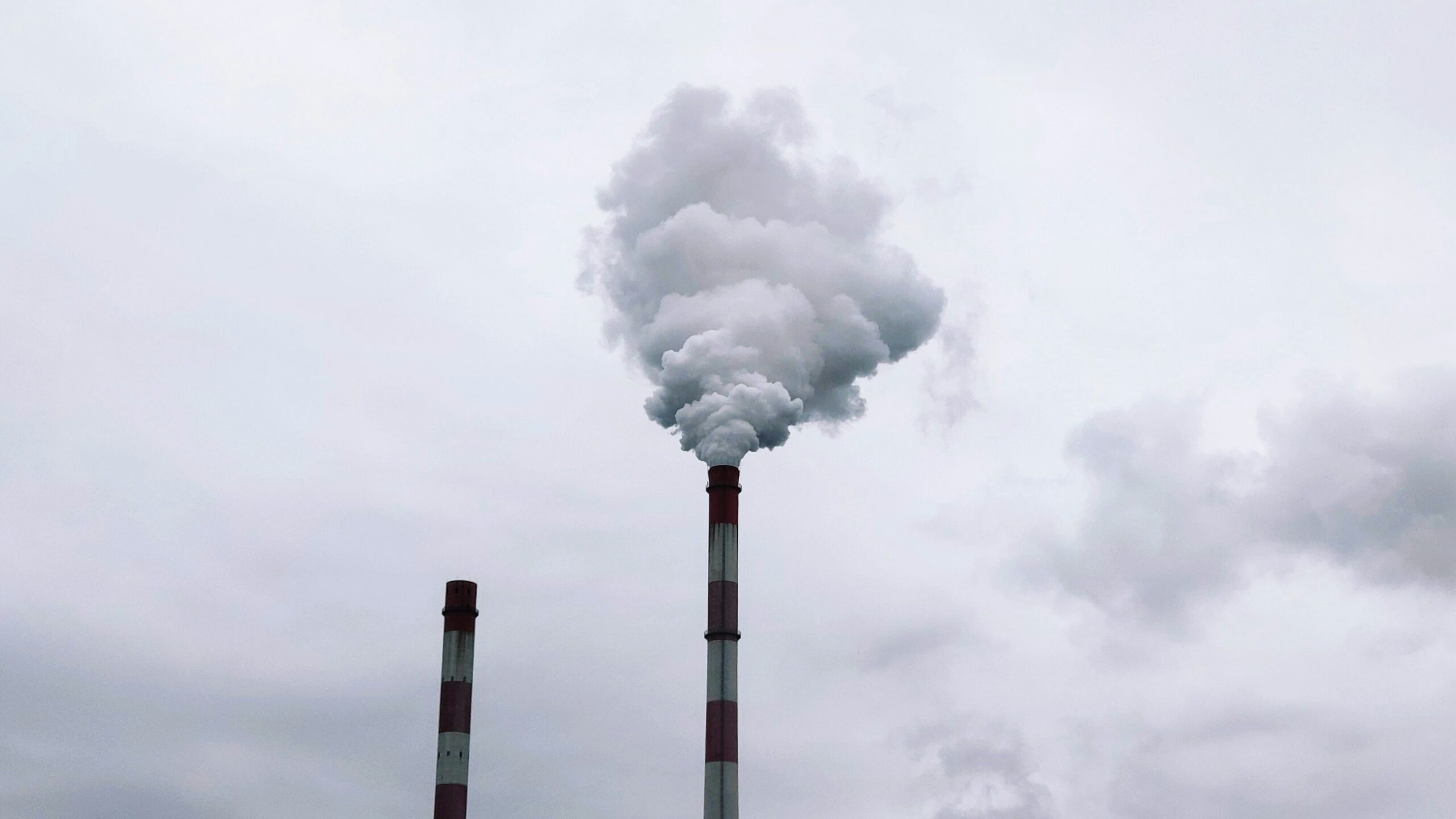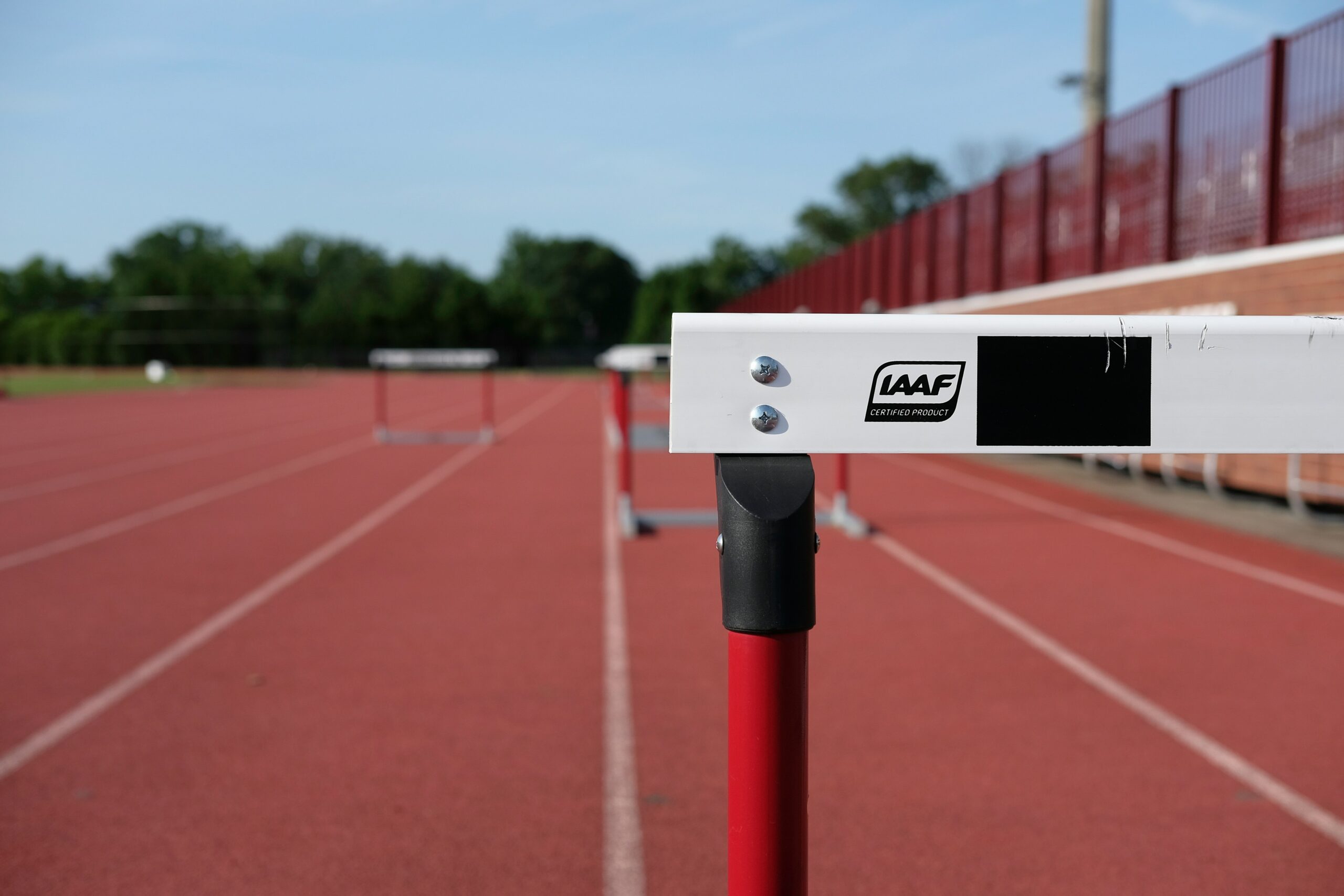Decarbonisation in the Asia Pacific region was 0.9% in 2020. Achieving the Paris Agreement goal of limiting warming to 1.5°C and delivering net zero requires action that must start now.
The Intergovernmental Panel on Climate Change (IPCC) in their recent report issued a code red that there is an imminent risk we will reach 1.5°C warming in the near term if emissions continue at their current rates.
The overwhelming evidence is that existing efforts are falling a long way short of what is required, and that continuing the current trajectory will impose tremendous costs on the global economy and individual wellbeing for generations to come. It is in this context that we examine the rate of decarbonisation needed to deliver a 1.5°C aligned net zero world by 2050 and explore what business and government need to do.
Code red to go green
Currently the world is far below the required 12.9% per year decarbonisation rate to reach the 1.5 °C Paris Agreement goal. Global decarbonisation must accelerate to five times its current rate of just 2.5% in 2020. This requires a net zero transformation.
Current state of play in Asia Pacific
Asia Pacific‘s vast population, economies and communities are extremely vulnerable to climate change.
In 2020 decarbonisation in the Asia Pacific region was 0.9%. To achieve the 1.5°C target and reach net zero, Asia Pacific needs to urgently accelerate its decarbonisation.
The challenge is to shift away from fossil fuel derived energy towards low carbon and renewable energy sources while equitably enabling regional economic growth.
Government and Business must collaborate
Fewer than 25% of Asia Pacific governments have a firm net zero commitment.
Targets, policy and regulation are crucial levers to make progress on climate change at the pace and scale needed to meet the Paris Agreement goal.
Business must partner with Government to drive fundamental change – COP26 has highlighted this.
Organisations are rising to the challenge. Our case studies highlight examples of businesses setting the tone from the top and delivering transformative change as they transition to net zero.
Reimagining business for net zero
The time is now. Businesses have a responsibility to accelerate transformation to net zero.
Every business and every market is different. There is no one-size-fits-all solution. Businesses must reassess their strategy. A journey to net zero should begin with a fresh look at purpose, performance and people.

When it comes to the impact a business has on the climate, change must start at the top.
Leaders need to take transparent and vocal ownership of their organisation’s commitment to net zero.

Move first. Move fast. Move comprehensively. There is scope for business across Asia Pacific to proactively lead the transition and adopt net zero targets.
High impact areas to focus on include:
- Operating model
- Rebalancing supply chains
- Innovation
- Talent

Investment is essential. Financing (and delivering) the shift to net zero needs innovative and sustainable partnerships between all stakeholders with public and private investment at scale and speed.

Data and transparency are crucial. This should power a renewed governance and reporting model to align decision makers and build trust with all stakeholders

Businesses that can reimagine the possible and successfully transition to net zero will not only reap commercial rewards, they could also earn the right to work proactively with government to refocus and accelerate national agendas.

 5.0
5.0 





















